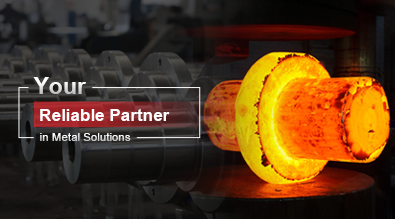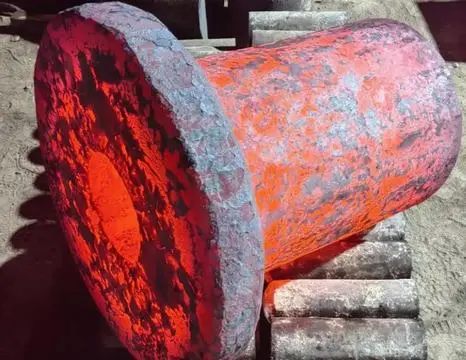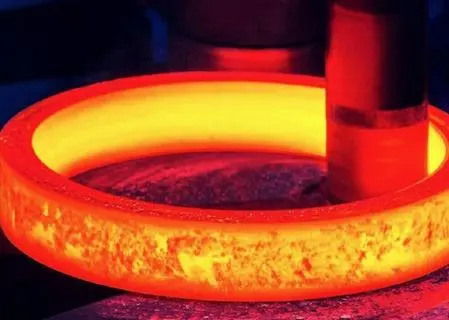Understanding Stabilizer Roll Functionality and Wear
The Role of Stabilizer Rolls in Industrial Processes
Stabilizer rolls are integral components in various manufacturing processes, particularly in industries such as paper, metal, textile, and plastic processing. These precision-engineered cylinders are designed to ensure that materials pass through production lines in a controlled manner, maintaining consistent tension, flatness, and uniform thickness. Their primary role is to manage the movement of materials, especially in continuous processing systems, where maintaining the desired material properties is crucial to product quality.
In the paper industry, stabilizer rolls are essential in controlling web tension during the production of paper and paperboard. As the raw material moves through the production line, the stabilizer rolls help prevent fluctuations in tension that can lead to wrinkles, creases, or uneven thickness. By ensuring uniform tension, stabilizer rolls contribute to the production of smooth, high-quality paper that meets the specific requirements of end-use applications such as packaging, printing, and writing paper.
Common Causes of Stabilizer Roll Wear
Several factors contribute to the wear and deterioration of stabilizer rolls over time:
- Abrasion from contact with materials being processed
- Chemical reactions with process fluids or materials
- Thermal stress from temperature fluctuations
- Mechanical stress from high-speed rotation and applied pressure
- Misalignment or imbalance in the production line
Understanding these wear mechanisms is crucial for determining whether repair or replacement is the most appropriate solution for maintaining optimal performance.
Signs of Stabilizer Roll Degradation
Recognizing the signs of stabilizer roll wear is essential for proactive maintenance and decision-making. Some indicators include:
- Surface irregularities or pitting
- Dimensional changes or out-of-roundness
- Vibration or noise during operation
- Inconsistent product quality or thickness
- Increased energy consumption
Regular inspections and monitoring can help identify these issues early, allowing for timely intervention and potentially avoiding the need for complete replacement.
Repair Options for Stabilizer Rolls
Surface Reconditioning Techniques
When stabilizer rolls exhibit minor surface wear or imperfections, various reconditioning techniques can be employed to restore their functionality:
- Precision grinding: Removes surface irregularities and restores dimensional accuracy
- Polishing: Improves surface finish and reduces friction
- Resurfacing: Applies a new layer of material to restore the roll's original dimensions and surface properties
These methods can often extend the life of a stabilizer roll significantly, postponing the need for complete replacement.
Coating and Plating Solutions
In cases where the roll's surface requires enhanced properties or protection, coating and plating solutions can be highly effective:
- Ceramic coatings: Provide excellent wear resistance and thermal insulation
- Chrome plating: Offers improved hardness and corrosion resistance
- Polymer coatings: Enhance chemical resistance and release properties
These treatments not only repair existing damage but can also improve the roll's performance and longevity beyond its original specifications.
Structural Repairs and Reinforcement
For stabilizer rolls with more significant damage or structural issues, advanced repair techniques may be necessary:
- Welding and machining: Addresses cracks, gouges, or localized damage
- Core reinforcement: Strengthens the roll's internal structure to prevent future failures
- Bearing replacement: Restores proper rotation and alignment
These repairs can be complex and require specialized expertise but can often restore a roll to full functionality at a fraction of the cost of replacement.
When Replacement Becomes Necessary
Assessing the Economic Viability of Repair vs. Replacement
Determining whether to repair or replace a stabilizer roll involves careful economic analysis. Factors to consider include:
- Cost of repair vs. cost of a new roll
- Expected remaining life after repair
- Potential for improved performance with a new roll
- Downtime associated with repair or replacement
- Impact on overall production efficiency
In some cases, the long-term benefits of investing in a new, potentially more advanced stabilizer roll may outweigh the short-term savings of repair.
Technological Advancements in Stabilizer Roll Design
The field of stabilizer roll manufacturing is continuously evolving, with new materials and designs offering improved performance:
- Advanced composite materials for lighter weight and improved stiffness
- Innovative surface textures for enhanced material handling
- Smart rolls with integrated sensors for real-time monitoring
- Optimized geometries for specific applications
When considering replacement, evaluating these technological advancements can lead to significant improvements in production efficiency and product quality.
Environmental and Safety Considerations
In some instances, replacement may be driven by factors beyond mere functionality:
- Compliance with updated environmental regulations
- Improved energy efficiency of newer designs
- Enhanced safety features in modern stabilizer rolls
- Reduction in waste and improved sustainability
These considerations can make replacement a more attractive option, especially for companies focused on long-term sustainability and regulatory compliance.
In conclusion, the decision to repair or replace stabilizer rolls depends on a complex interplay of factors including the extent of wear, technological advancements, economic considerations, and environmental impact. While many stabilizer rolls can be effectively repaired and restored to optimal performance, there are situations where replacement becomes the most prudent choice. Regular maintenance, timely repairs, and strategic upgrades can significantly extend the life of these critical components, ensuring consistent product quality and operational efficiency. For expert guidance on stabilizer roll maintenance, repair, or replacement tailored to your specific industrial needs, please contact us at info@welongpost.com. Our team of specialists is ready to assist you in making informed decisions that optimize your production processes and drive long-term success.
References
- Technological Advances in Rolls Repair: How Surface Hardening and Coatings Enhance Roll Durability. Hansongearwork. (2025, February 11).
- What is Predictive Maintenance? Benefits, Importance & Examples. Tractian. (2025, February 5).
- What is Predictive Maintenance? - HighGear. HighGear. (2024, December 13).
- Overcoming Common Challenges in Roll Forming Production: A Guide to Efficiency and Precision. Super Roll Forming. (2024, November 7).
- What is the Roll Forming Process? Machine Matcher. (2024, September 29).
- Predictive Maintenance and The Smart Factory. Deloitte US. (n.d.).




